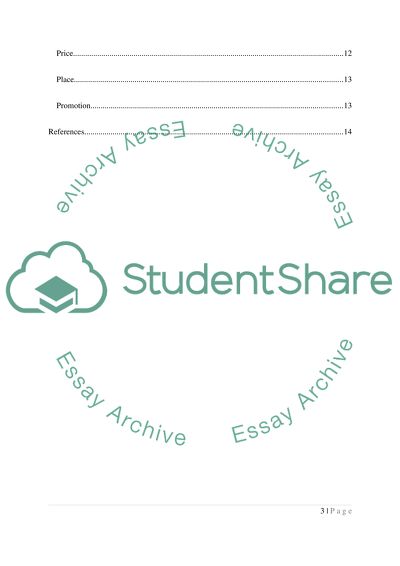Cite this document
(“Evaluation and comparison of the marketing strategies of the two Essay”, n.d.)
Retrieved from https://studentshare.org/marketing/1403695-evaluation-and-comparison-of-the-marketing
Retrieved from https://studentshare.org/marketing/1403695-evaluation-and-comparison-of-the-marketing
(Evaluation and Comparison of the Marketing Strategies of the Two Essay)
https://studentshare.org/marketing/1403695-evaluation-and-comparison-of-the-marketing.
https://studentshare.org/marketing/1403695-evaluation-and-comparison-of-the-marketing.
“Evaluation and Comparison of the Marketing Strategies of the Two Essay”, n.d. https://studentshare.org/marketing/1403695-evaluation-and-comparison-of-the-marketing.


